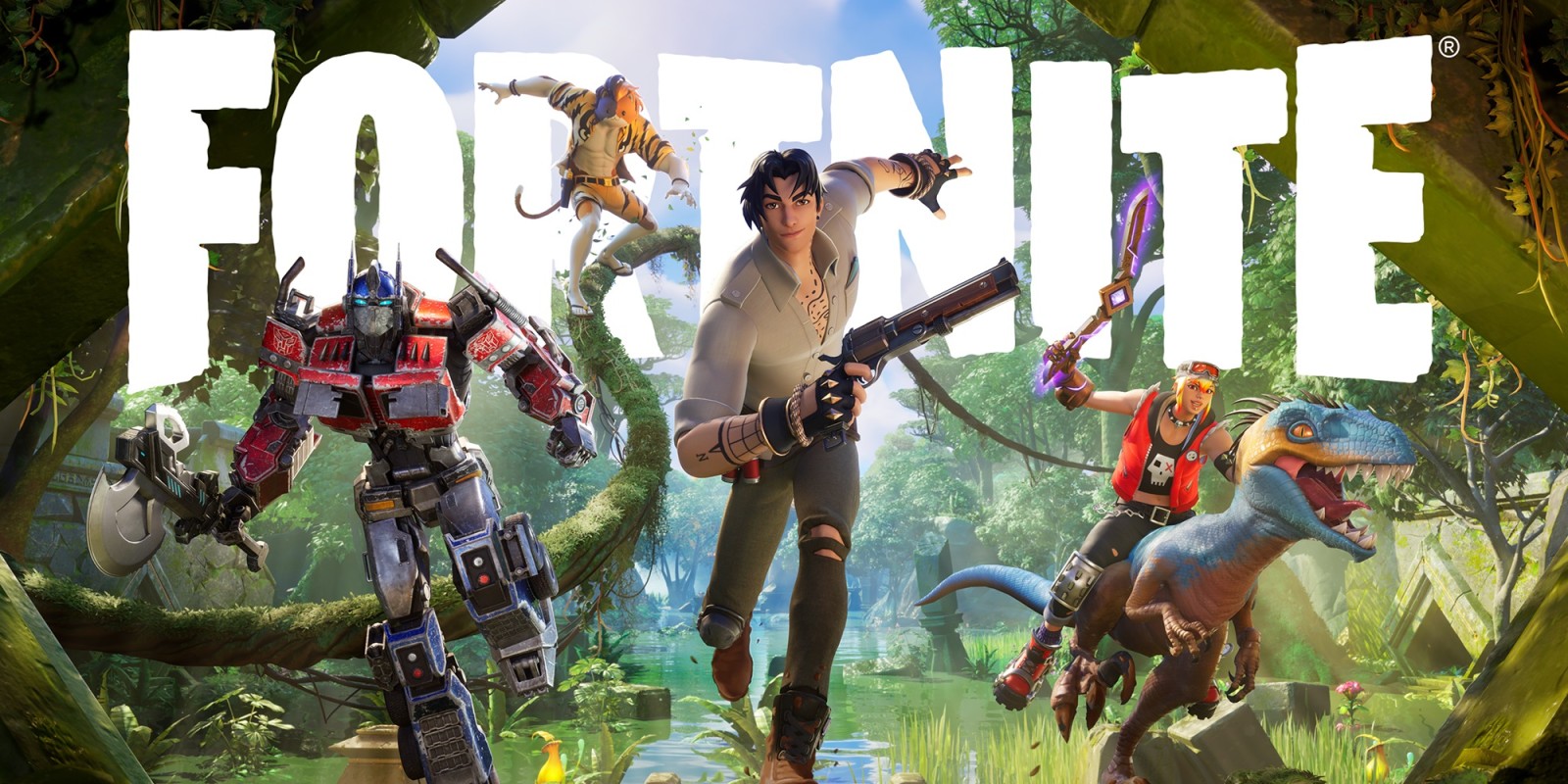Fortnite, an online video game developed by Epic Games and launched in 2017, encompasses three distinct game modes sharing a common gameplay foundation and engine. These modes are: Fortnite Battle Royale, a free-to-play battle royale game pitting up to 100 players against each other; Fortnite: Save the World, a cooperative tower defense and survival game involving up to four players defending against zombie-like creatures; and Fortnite Creative, enabling players to construct personalized worlds and arenas.
Initially, Save the World and Battle Royale were introduced as early access titles in 2017, while Creative was unveiled on December 6, 2018. Although all versions gained traction, Fortnite Battle Royale transcended into a cultural sensation, drawing more than 125 million players in under a year and amassing hundreds of millions of dollars monthly. By December 2019, Fortnite amassed a staggering $9 billion in gross revenue.
Save the World is accessible on Windows, macOS, PlayStation 4, and Xbox One. Battle Royale and Creative were made available on those platforms as well as Nintendo Switch, iOS, Android devices, and the ninth-generation PlayStation 5 and Xbox Series X/S consoles.
The game’s three modes share the same engine and comparable graphics, art elements, and gameplay mechanics.
Fortnite: Save the World
involves up to four players cooperating in missions to counter the aftermath of a global storm. The survivors face husk-like creatures, and players act as base commanders, safeguarding equipment, rescuing survivors, and amassing resources to combat the storm. In-game rewards include hero characters, weapon schematics, and survivors, which can be upgraded through experience points.
Fortnite Battle Royale
accommodates up to 100 players competing in a last-person-standing challenge. Players parachute onto the map, scavenging for resources, weapons, and vehicles, striving to eliminate others while evading a shrinking safe zone. The remaining individual, duo, or squad emerges victorious.
Fortnite Creative
empowers players to design their virtual domains, integrating assets from the Battle Royale mode to generate diverse games and challenges.
Basic resources (wood, brick, and metal) can be gathered by knocking down structures on the map using a pickaxe. These materials then construct fortifications that players can edit, enhancing protection or facilitating movement.
While Battle Royale and Creative are free, Save the World necessitates payment. V-Bucks, an in-game currency, facilitates monetization by being purchasable or earnable through missions. V-Bucks are used to obtain loot boxes and cosmetic items.
Fortnite’s journey began as a concept following an internal game jam at Epic Games. The game’s development witnessed shifts in its art style, engine, and gameplay approach. Save the World was released as a paid early access title in 2017, eventually transitioning to a premium game in 2020.
With the emergence of PlayerUnknown’s Battlegrounds (PUBG) as a battle royale phenomenon, Epic swiftly developed Fortnite Battle Royale within two months. The mode’s free-to-play model garnered a colossal player base, prompting separate development teams for Battle Royale and Save the World.
Fortnite Battle Royale’s success skyrocketed, accumulating over 10 million players within two weeks of release and reaching 125 million by June 2018. It generated immense revenue, totaling $9 billion by the end of 2019. The game’s cultural impact was evidenced by celebrity endorsements, streaming events, and organized esports competitions, including the $30 million Fortnite World Cup in 2019.
However, concerns surfaced regarding the game’s influence on children’s academics and its depiction of gun violence. The release of the mobile client amplified these worries, leading to discussions about managing gaming habits among young players.
In essence, Fortnite has emerged as a multi-mode gaming phenomenon, with Battle Royale at its forefront, capturing a massive player base, cultural resonance, and substantial revenue. Despite its acclaim, concerns persist regarding its effects on young players’ lives and perceptions.

